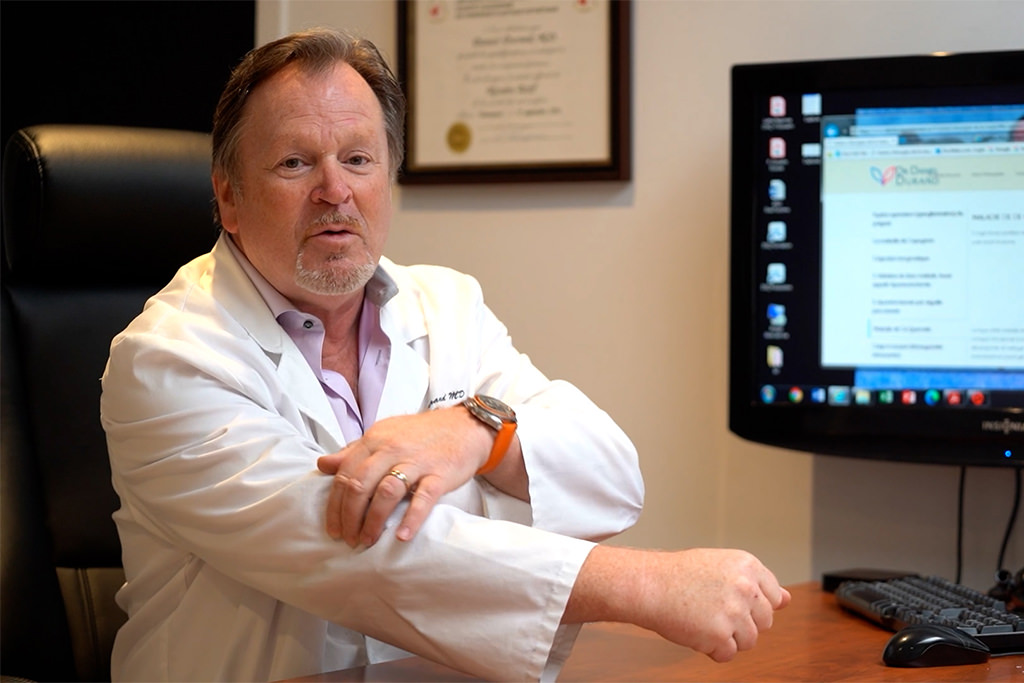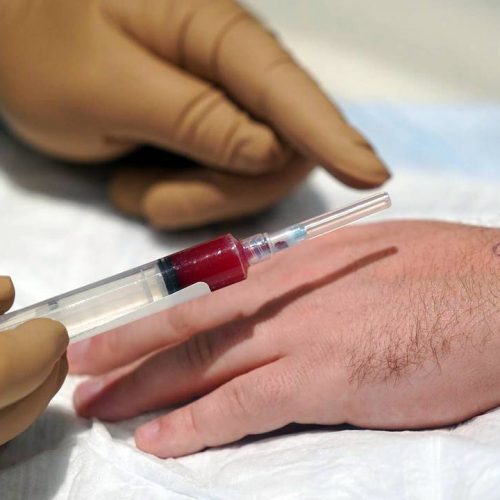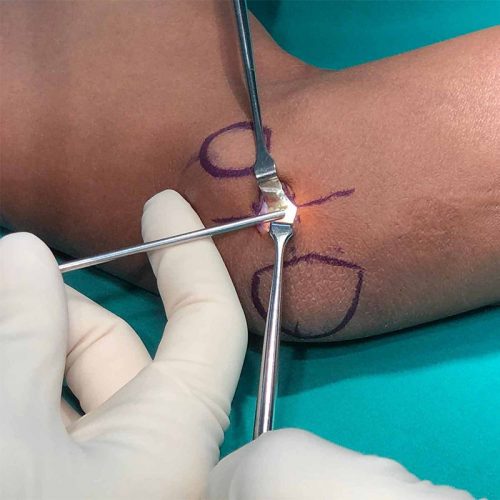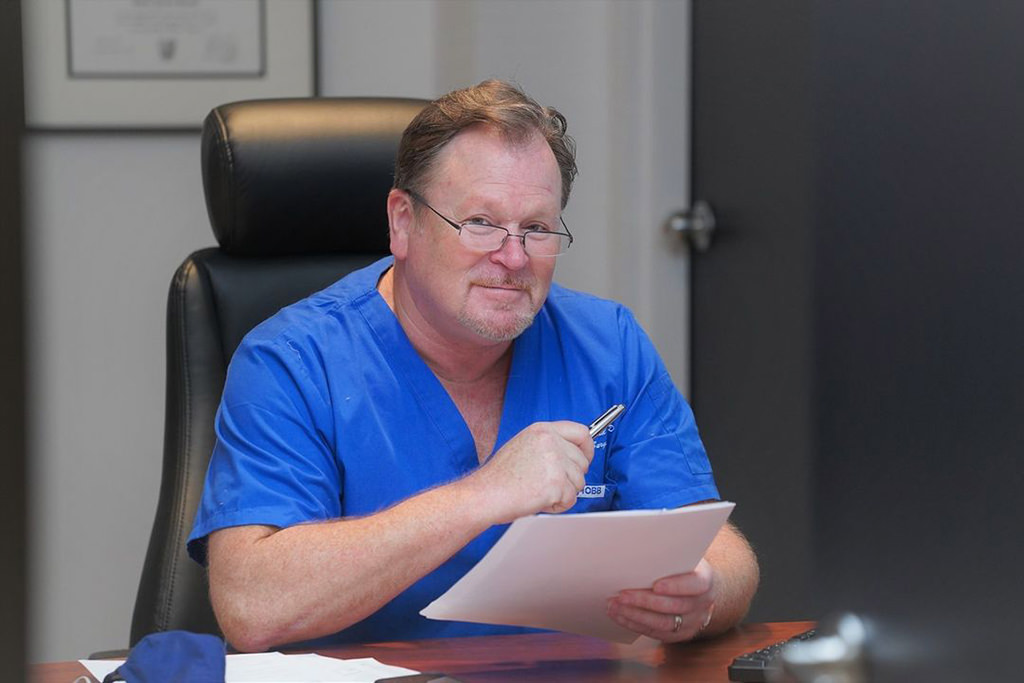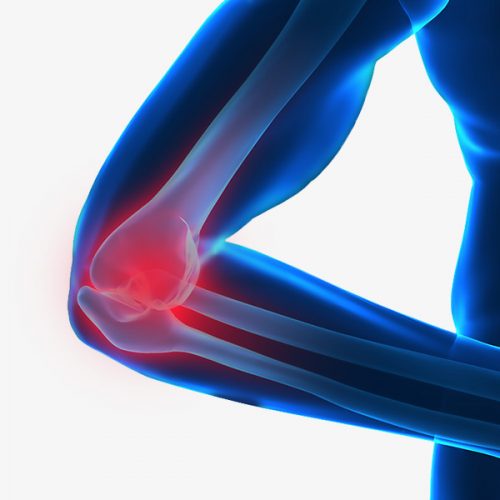

Tennis Elbow


WHAT IS TENNIS ELBOW?
Lateral epicondylitis is a tendonitis commonly known as “tennis elbow”, although the majority of people with lateral epicondylitis have never played tennis. Tennis elbow is inflammation or, in some cases, microtearing of the tendons that join the forearm muscles on the outside of the elbow. The forearm muscles and tendons become damaged from overuse — repeating the same motions again and again. This leads to pain and tenderness on the outside of the elbow.
Pain occurs with activities such as grasping, pushing, pulling, and lifting. As the process progresses, the pain may occur with limited activities or even at rest. Of note, a separate entity termed golfers elbow, or medial epicondylitis, causes pain on the inside of the elbow.
SYMPTOMS OF TENNIS ELBOW
The symptoms of tennis elbow develop gradually. In most cases, the pain begins as mild and slowly worsens over weeks and months. There is usually no specific injury associated with the start of symptoms.
Common signs and symptoms of tennis elbow include:
- Pain or burning on the outer part of your elbow
- Weak grip strength
- Sometimes, pain at night
The symptoms are often worsened with forearm activity, such as holding a racquet, turning a wrench, or shaking hands. Your dominant arm is most often affected; however, both arms can be affected.
IF YOU ARE SUFFERING FROM SYMPTOMS OF TENNIS ELBOW AND EVALUATING YOUR TREATMENT OPTIONS, SCHEDULE A CONSULTATION WITH DR. DANIEL DURAND TODAY.
WHAT CAUSES TENNIS ELBOW?
While the causes of trigger finger are not well known, several factors may increase your risk for developing the condition. These include:
- Overuse. Recent studies show that tennis elbow is often due to damage to a specific forearm muscle. When the muscle is weakened from overuse, microscopic tears form in the tendon where it attaches to the lateral epicondyle. This leads to inflammation and pain.
- Activities. Athletes are not the only people who get tennis elbow. Many people with tennis elbow participate in work or recreational activities that require repetitive and vigorous use of the forearm muscle or repetitive extension of the wrist and hand.
- Tennis player. Playing tennis is a possible cause of tennis elbow, but other activities can also put you at risk.
- Age. Most people who get tennis elbow are between the ages of 30 and 50, although anyone can get tennis elbow if they have the risk factors.
- Unknown. Lateral epicondylitis can occur without any recognized repetitive injury. This occurence is called “idiopathic” or of an unknown cause.
HOW IS TENNIS ELBOW DIAGNOSED?
The diagnosis is usually made based on the history that the patient describes to the healthcare provider, and a physical exam. There will be localized tenderness in the region of the lateral epicondyle. Pain is also often reproduced with the patient extending their wrist under resistance.
X-rays may be done to rule out other causes of elbow pain; however, these are typically normal. Very rarely is MRI (magnetic resonance imaging) needed, but ultrasound imaging can be very helpful in making the diagnosis.
WHEN SEEKING A DIAGNOSIS OR TREATMENT, IT’S BETTER TO SEE A DOCTOR SOONER RATHER THAN LATER. ONCE A CONDITION IS SEVERE, THE DISEASES ARE MORE DIFFICULT TO CORRECT.
EARLY INTERVENTION IS KEY TO AVOIDING PERMANENT DAMAGE. DEPENDING ON YOUR DIAGNOSIS, NONSURGICAL TREATMENT MAY BE AN OPTION.
HOW IS TENNIS ELBOW TREATED?
There are a few different procedures to help treat Tennis elbow condition. Treatment varies depending on its severity and duration. Dr. Daniel Durand will take the time to carefully outline the various options available to you along with the benefits and risks associated with each procedure during your comprehensive one-on-one consultation.
NON-SURGICAL TREATMENT
Approximately 80% to 95% of patients have success with nonsurgical treatment.
- Physical therapy. Specific exercises are helpful for strengthening the muscles of the forearm. Your therapist may also perform ultrasound, ice massage, or muscle-stimulating techniques to improve muscle healing.
- Brace. Using a brace centered over the back of your forearm may also help relieve symptoms of tennis elbow. This can reduce symptoms by resting the muscles and tendons.
- Steroid injections. Steroids, such as cortisone, are very effective anti-inflammatory medicines. Your doctor may decide to inject the painful area around your lateral epicondyle with a steroid to relieve your symptoms.
- Injections therapy. Injections therapy is a biological treatment designed to improve the biologic environment of the tissue. This involves obtaining a small sample of blood from the arm and centrifuging it (spinning it) to obtain platelets from the solution. Platelets are known for their high concentration of growth factors, which can be injected into the affected area.
SURGICAL TREATMENT
If your symptoms do not respond after 6 to 12 months of nonsurgical treatments, your doctor may recommend surgery. Most surgical procedures for tennis elbow involve removing diseased muscle and reattaching healthy muscle back to bone.
The right surgical approach for you will depend on a range of factors. These include the scope of your injury, your general health, and your personal needs. Talk with Dr. Durand about the options and discuss any risks associated with each procedure.
- Open surgery
- Arthroscopic surgery
HAND CARE WITH DR DANIEL DURAND
NOT ALL HAND AND WRIST CONDITIONS REQUIRE SURGICAL SOLUTIONS. OTHER TREATMENT OPTIONS ARE AVAILABLE FOR LESS SEVERE ISSUES. IF YOU’VE BEEN EXPERIENCING TENNIS ELBOW SYMPTOMS, SCHEDULE AN APPOINTMENT WITH DR. DANIEL DURAND TODAY!

